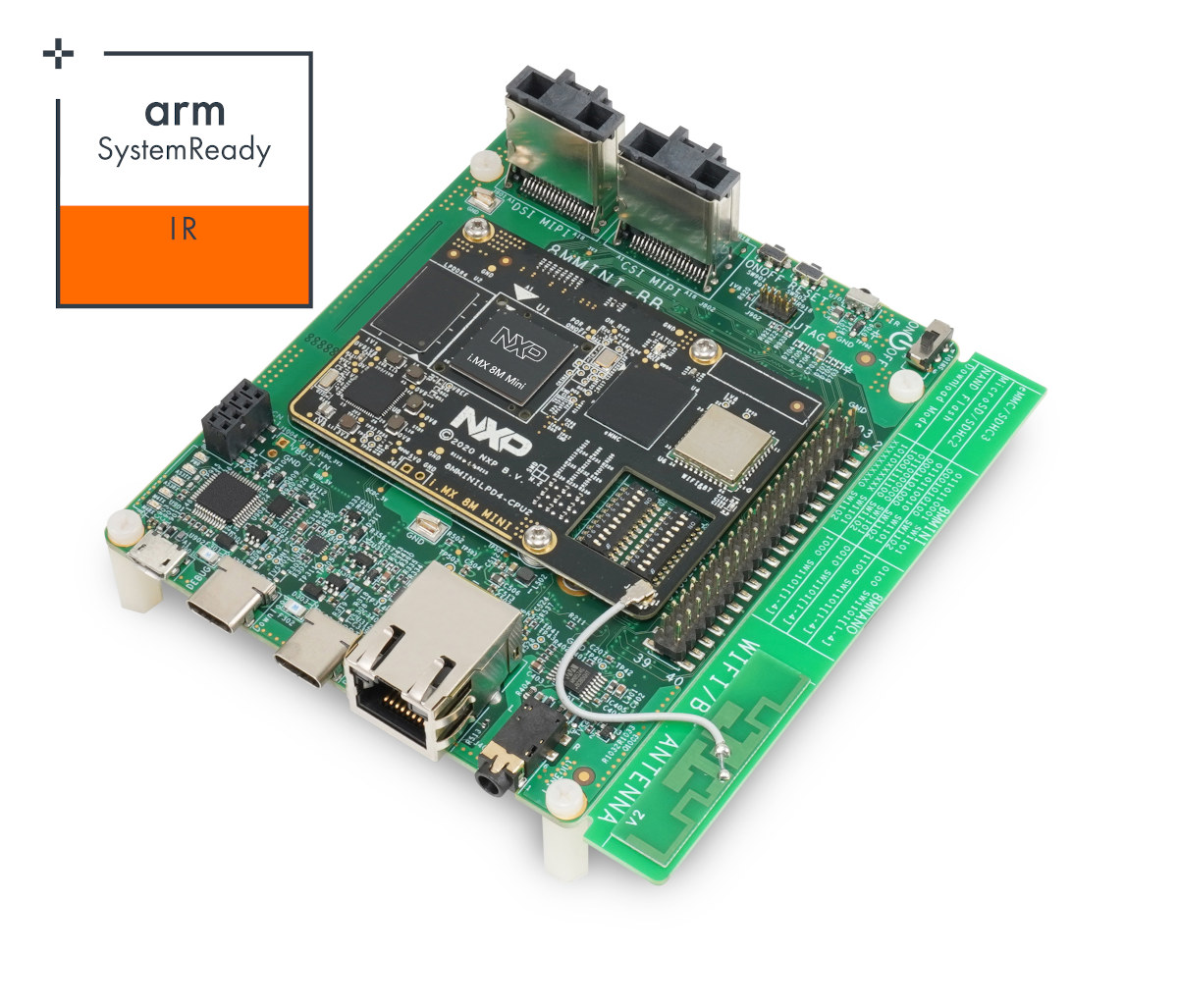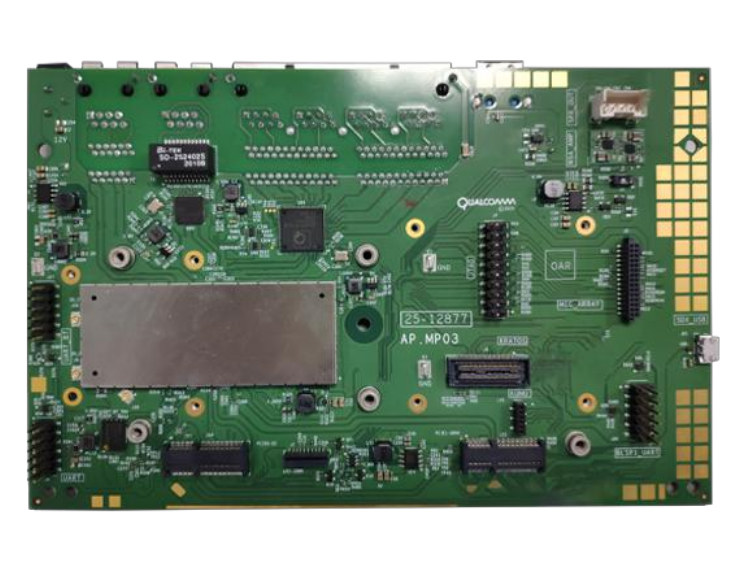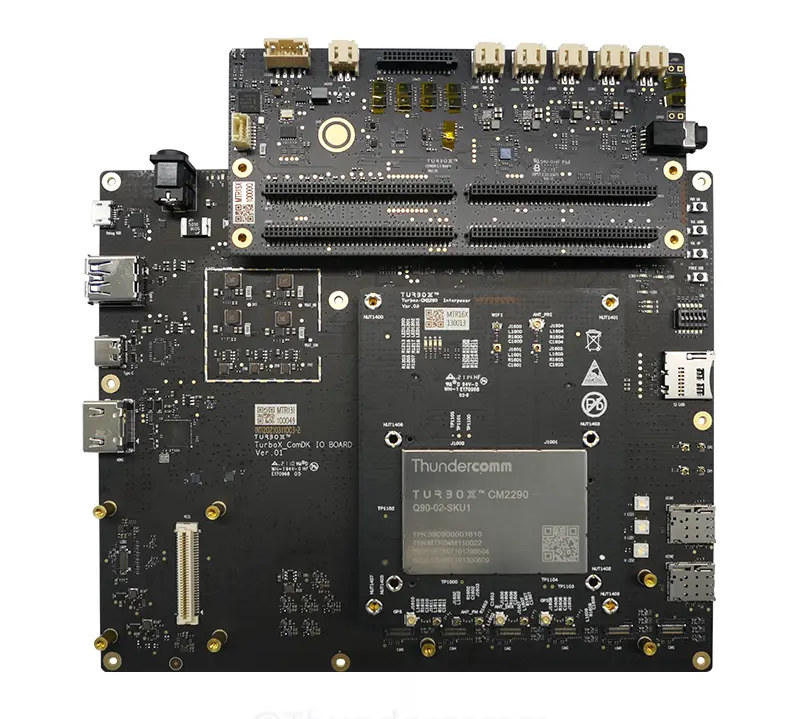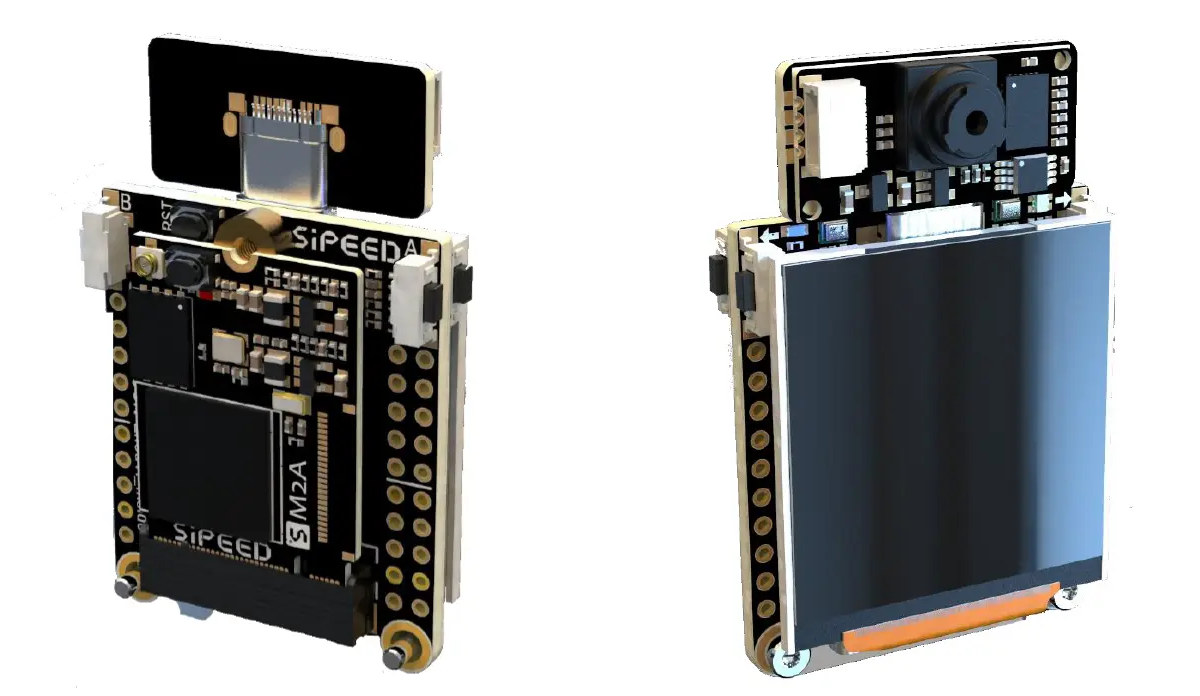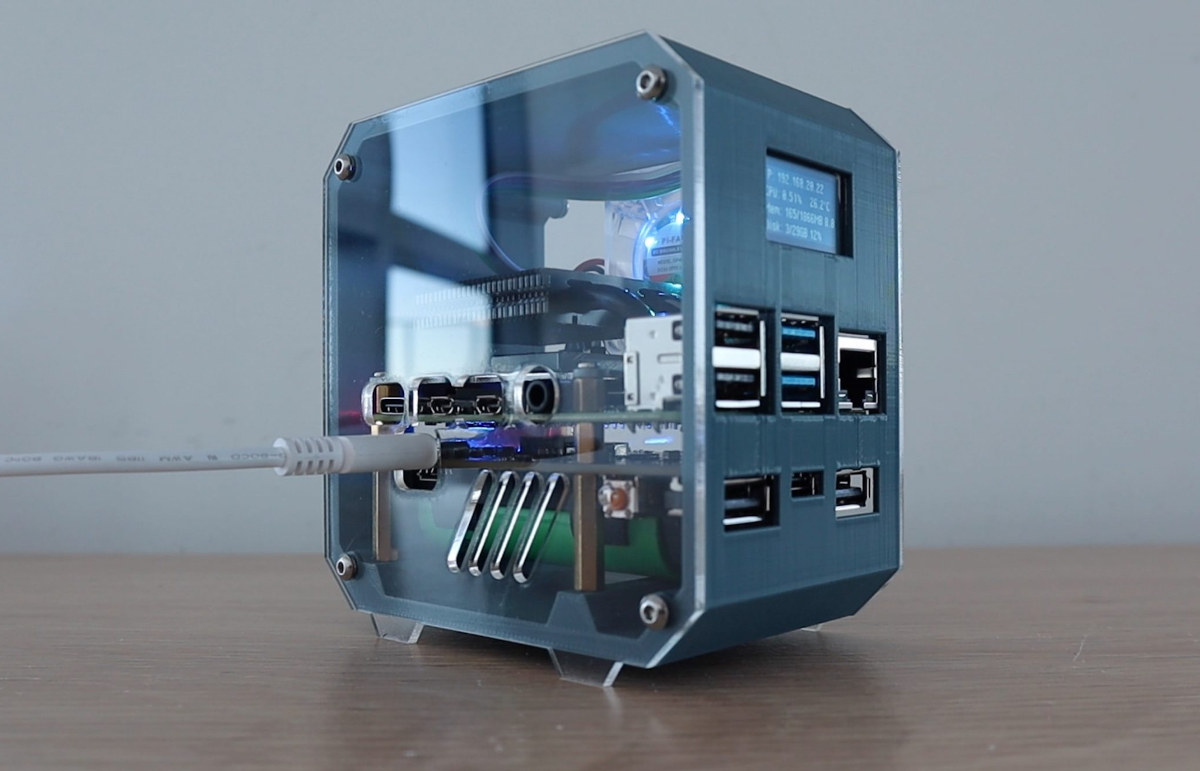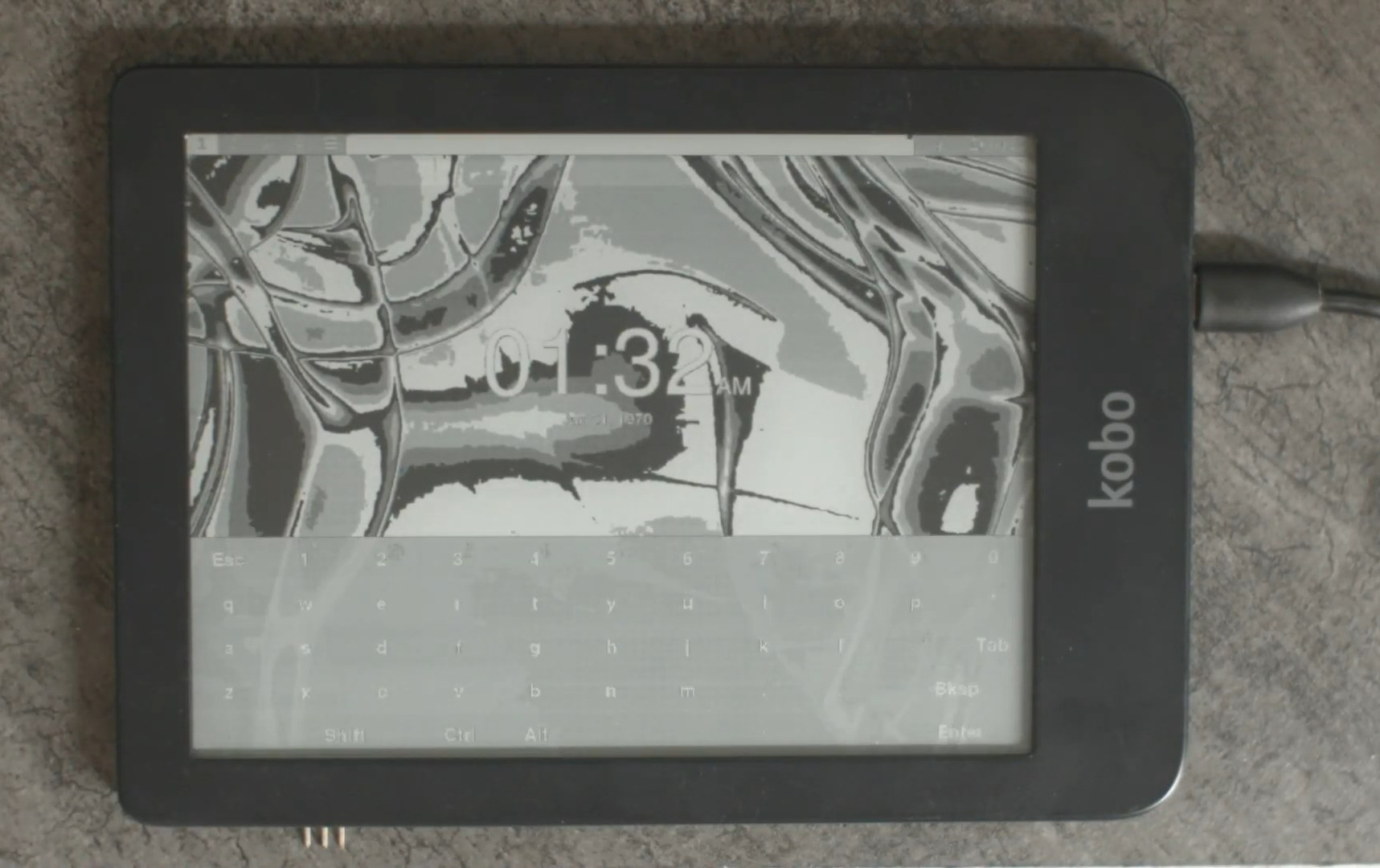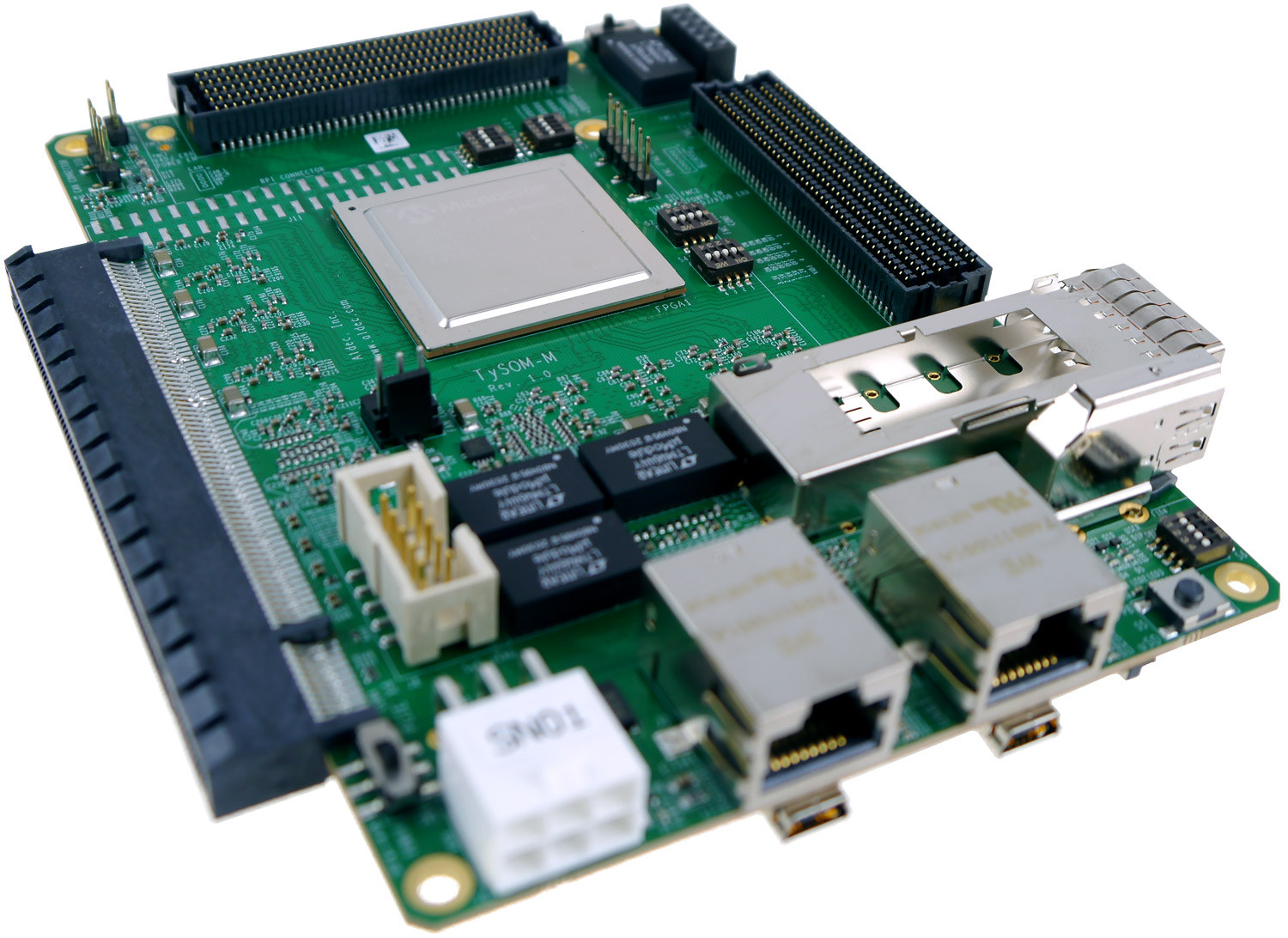A few months ago, we noted SolidRun HoneyComb LX2K became a certified Arm SystemReady ES platform. SystemReady is a certification program by Arm that ensures systems just work with generic operating systems like in the x86 world. When we looked at the details of the program in the article, we noted there were different categories including SystemReady ES for embedded servers and SystemReady IR for IoT Edge applications. The first SystemReady IR platform – NXP i.MX 8 Mini evaluation kit Arm has just announced the first SystemReady IR platform had just been certified. That device is the NXP i.MX 8M Mini EVK, and that means that anyone that uses the i.MX 8M family of devices with the associated Board Support Package (BSP) can build platforms that will pass the same certification process and boot compliant Linux distributions with minimal integration effort. We can see more details about the certifications on Arm developer’s website. NXP i.MX 8M Mini EVK achieved certification with NXP 2021 Q2 pre-release firmware, version LF […]
Low-cost embedded router SBC offers 2.5 GbE, WiFi 6 through Qualcomm IPQ5018 SoC
Wallys Communication has been offering Qualcomm-based embedded router boards for several years, including the higher-end DR8072A with dual 2.5GbE and WiFi 6 connectivity, followed by a lower-cost WiFi 6 SBC based on IPQ6010 with Gigabit Ethernet ports. But if you’d like to benefit from the lower cost while keeping WiFi 6 and 2.5GbE, the company has now introduced a new model based on Qualcomm IPQ5018 dual-core Cortex-A53 SoC, also found in Xiaomi Mi AX6000 router, with DR5018 embedded router board. The blurry photo above reveals the board is also called AP.MP03, a name that looks like the typical name for Qualcomm reference designs. DR5018 specifications: SoC – Qualcomm Atheros IPQ5018 dual-core Arm Cortex-A53 processor @ 1.0 GHz System Memory – 512MB DDR3L Storage – 4GB or 8GB eMMC flash, 4MB Nor Flash, 128MB NAND flash Networking 4x Gigabit Ethernet Ports or 1x 2.5Gbps Ethernet port 1x Gigabit Ethernet Port On-board […]
Qualcomm QCM2290/QCS2290 SoM and Devkit target Industrial IoT applications
Last June, Qualcomm introduced several industrial IoT solutions that we did not cover at the time with Qualcomm QCM2290/QCS2290 IoT chip for camera applications, industrial handhelds, retail and tracking, Qualcomm QCS8250 WiFI 6 & 5G SoC for connected healthcare, digital signage, retail, and video collaboration, Qualcomm QCS6490/QCM6490 WiFI 6E & 5G SoC for connected healthcare, logistics management, retail, transportation, and warehousing, and Qualcomm QCS4290/ QCM4290 designed for cameras, industrial handhelds, and security panels with 4G LTE and WiFi 6 connectivity. Shortly after Qualcomm’s announcement, Thundercomm introduced the TurboX C2290/CM2290 system-on-module respectively based on Qualcomm’s quad-core Cortex-A53 QCS2290 SoC and QCM2290 SoC adding 4G connectivity. The module also offers WiF & Bluetooth, as well as MIPI display & camera interfaces, and the TurboX CM2290/C2290 development kit is also available to get started. TurboX CM2290 and C2290 SoM Specifications: SoC – Qualcomm Snapdragon QCM2290 or QCS2290 quad-core Cortex-A53 processor at up to […]
MAIX-II A AI camera board combines Allwinner R329 smart audio processor with USB-C camera
Earlier this year, we wrote about Sipeed MAIX-II Dock AIoT vision devkit with an Allwinner V831 camera processor with a small 200 MOPS NPU, an Omnivision SP2305 2MP camera sensor, and a 1.3-inch display. But for some reason, which could be supply issues, Sipeed has designed a much different variant called MAIX-II A with a board based on Allwinner R329 smart audio processor, a 720p30 USB camera module, and a 1.5-inch display. MAIX-II A board specifications: Main M.2 module – Maix-II A module with Allwinner R329 dual-core Cortex-A53 processor @ 1.5 GHz, 256MB DDR3 on-chip, a dual-core HIFI4 DSP @ 400 MHz, and Arm China AIPU AI accelerator for up to 256 MOPS, plus Wi-Fi & BLE and a footprint for an SPI Flash. Storage – MicroSD card socket Display – 1.5-inch LCD display with 240×240 resolution Audio – Dual microphones, 3W speakers Camera – 720p USB-C camera module based […]
DIY Raspberry Pi 4 mini server includes UPS and OLED information display
While the Raspberry Pi 4 SBC has greater multimedia capabilities, it can also be used for headless projects like mini servers or networked access storage (NAS). Michael Klements’ DIY Raspberry Pi 4 mini server is especially interesting as it’s cute, and includes a UPS to handle power failures, plus an OLED display to show information. Here’s the final result. Ideally, you’d need a laser cutter and a 3D printer like the Ender 3 Pro to make the case, but most of the parts are off-the-shelf components including: A Raspberry Pi 4 SBC together with a 32GB MicroSD card for the operating system 52Pi/GeeekPi UPS Plus module (about $25) plus one or two 18650 Lithium-Ion Cells A Low Profile Ice Tower for cooling, but you could probably switch to your own (passive) cooling solution and make the device slightly more compact A 128×64 I2C OLED Display A 5V/3A Power Supply Accessories […]
Station M2 business-card sized Android 11 mini PC, also supports Ubuntu & Buildroot
After introducing Station P2 Rockchip RK3568 mini PC in March of this year, Firefly has now launched another, cheaper model with the ultra-thin Station M2 computer based on the company’s ROC-RK3566-PC single board computer equipped with Rockchip RK3566 SoC. Station M2 is only slightly larger than a business card, but packs up to 8GB RAM, M.2 SSD storage, HDMI 2.0, Gigabit Ethernet, and USB 3.0/2.0 ports. Station M2 specifications: SoC – Rockchip RK3566 with a quad-core Cortex-A55 processor @ up to 1.8GHz. Arm Mali-G52 2EE GPU with support for OpenGL ES 1.1/2.0/3.2. OpenCL 2.0. Vulkan 1.1, 0.8 TOPS AI accelerator, 4K H.265/H.265/VP9 video decoder, 1080p100 H.265/H.264 video encoder. System Memory – 2GB or 4GB LPDDR4 (8GB optional) Storage – 32GB or 64GB (128GB eMMC optional), M.2 PCIe 2.0 socket for 2242 NVMe SSD, MicroSD card socket Video Output – 1x HDMI port up to 4Kp60 Audio – 3.5mm headphone jack, […]
DIY Linux e-Reader – postmarketOS now runs on Kobo Clara HD
postmarketOS is a Linux operating system designed for phones, notably the PinePhone, and based on Alpine Linux. But now it’s possible to install the Linux distribution on Kobo Clara HD e-Reader (about $115), so you could have your own Linux e-Reader in a way that’s more versatile than with commercial solutions. The image can either be based on the vendor kernel or the mainline kernel. The latter works without modification to the X server, and the framebuffer can be used directly with either kernel, but most free e-reader programs such as koreader, plato, and inkbox are developed for the slightly different framebuffer API used in the vendor kernel. The demo below relies on Sxmo UI optimized for the PinePhone, and Martijn Braam notes that it can be pretty hard notably because only one hardware button is present on the Kobo device while the interface requires 3 hardware input buttons. But […]
Embedded development board features Microchip PolarFire RISC-V FPGA SoC
Microchip/MicroSemi first introduced PolarFire RISC-V FPGA SoC at the end of 2018, with the chip being like the RISC-V equivalent of Xilinx Zynq Ultrascale+ Arm & FPGA MPSoC. The following year, ARIES Embedded unveiled the ARIES M100PF system-on-module and evaluation board, before Microchip launched PolarFire SoC Icicle 64-bit RISC-V and FPGA development board, followed by the more compact PolarBerry SBC in 2020. There’s now at least a fourth platform based on PolarFire SoC with Aldec TySOM-M-MPFS250 embedded development board. Aldec TySOM-M-MPFS250 specifications: SoC – Microchip PolarFire MPFS250T-FCG1152 SoC with 4x SiFive U54 RV64GC application cores (similar to Cortex-A35 performance), 1x SiFive E51 RV64IMAC monitor core, FPGA fabric with 254K logic cells, 17.6 Mb RAM System Memory 2GB (16Gbit) 32-bit DDR4 for the FPGA 2GB (16Gbit) 36-bit RAM with ECC for the RISC-V cores (aka MSS = Microprocessor Subsystem) Storage – MicroSD card socket, eMMC flash, SPI flash, 64 Kbit […]


